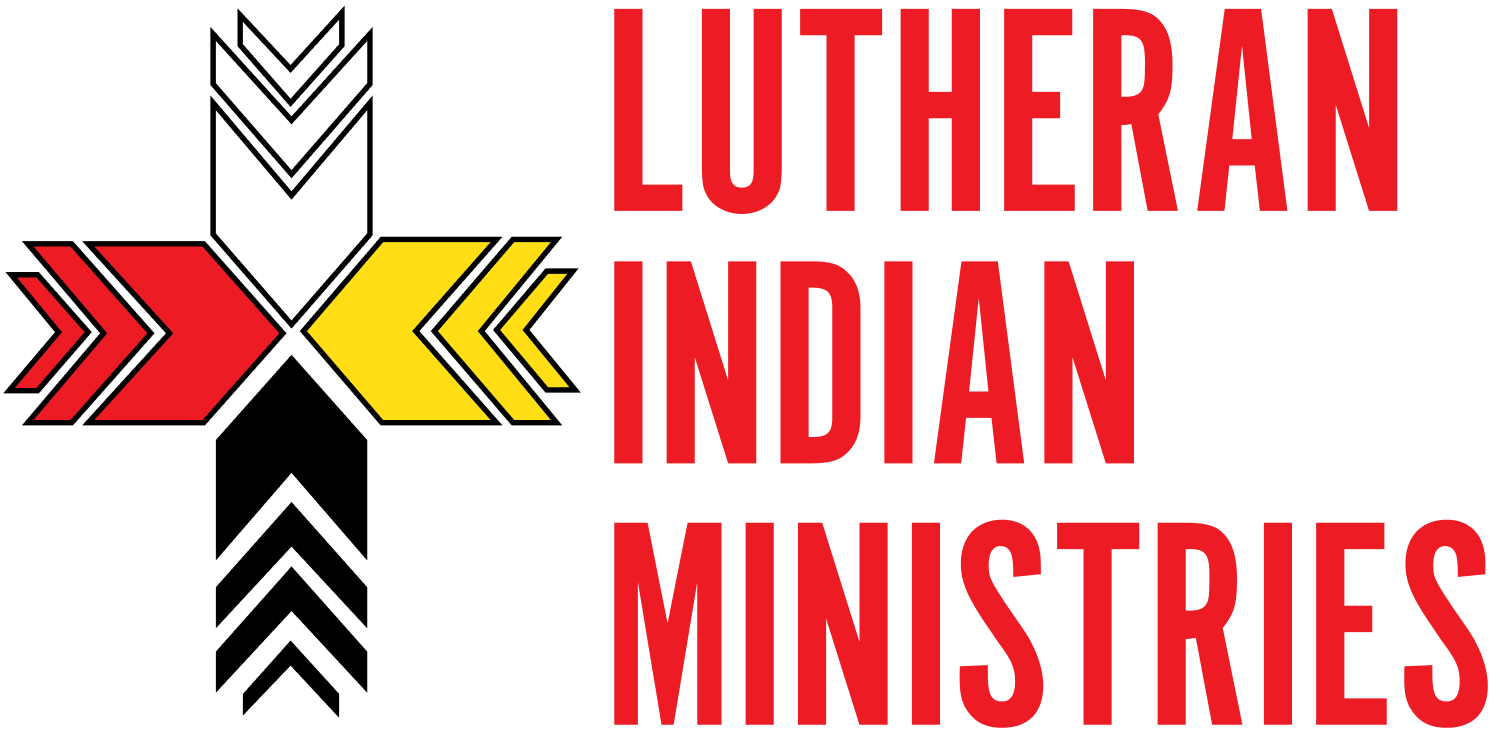This Week in Native American News (6/23/17): looking to the future, ties to the past, and recognition
June 23, 2017
Great People Doing Great Things: Running for Change
Anyone driving by Michael Vernon Shortey as he ran east along State Road 64 and through Huntingburg on Monday may have just assumed he was out for his daily run. But, Shortey was running his portion of the Longest Walk 5.2, a journey to raise awareness and collect statistics about domestic violence and drug use in Native American communities in the United States.
The Longest Walk 5.2 is the second leg of a series of cross-country walks set to occur over the course of three years. The walkers began in San Francisco Feb. 12 and traveled across the central part of the nation before reaching Huntingburg on Monday. Their final destination is Washington, D.C. where the organizers will present lawmakers with statistics about drugs and violence that were collected during the walk.
Read the full story here -OR- Learn more about the Longest Walk
Village Past Holds Answers for the Future
What does it mean to lose your land, your language, and your heritage?
For Alaska Natives, these are daily threats.
On a trip to Southeast Alaska, I traveled to one village that is finding new ways to survive: Klukwan, ancestral home of the Tlingit tribe.
"It's a struggle," says tribal president Kimberley Strong. "You see the buildings, some of 'em are falling down and dilapidated. But we're working at it. We're working very hard at trying to keep the village alive."
By doing that, they're also trying to preserve the heritage of the Tlingit people, who have lived in Southeast Alaska for thousands of years.
Read the full story here
The Occupation of Alcatraz, Now in VR
For many, the Occupation of Alcatraz is an unknown part of the island’s long history, but for Native Americans, the occupation was a turning point in the fight to preserve tribal sovereignty and treaty rights.
In 1969, more than 80 Native Americans sailed to Alcatraz by boat. Their mission was to reclaim the island from the federal government which once belonged to the Ohlone Tribe. When the federal prison closed in the early 1960s, a group called ‘Indians of All Tribes’ set out to take back the land. After 19 months, the occupation ended, and in the years to follow, the federal government return of millions of acres to tribes across the country.
Now you can learn more about the movement, and what followed, through virtual reality.
Read the full story here
Calgary's Indigenous Radio Finally Airing
You'll soon be able to hear Blackfoot, Dene, Nakota, Cree and other Treaty 7 languages daily on the airwaves in Calgary (as well as Vancouver, Edmonton, Ottawa, Toronto) as a radio station with a focus on Indigenous languages, news and bands as well as country music is getting set to air early next year.
"It's been 30 years in the making. It was a great day when we got the news and something we are very happy about," said Bert Crowfoot, CEO of the Aboriginal Multimedia Society of Alberta, who is responsible for setting up the station in Calgary.
Read the full story here -OR- Not in Canada? Try one of these
Taking Charge of Their Own History
Spencer Greening is one in a new wave of First Nations academics eager to take over curating their heritage from museums and outside scholars. For Greening, understanding the Gitga’at worldview comes from a sense of place.
After growing up in Burns Lake, he jumped back into Gitga’at culture with both feet, working for the band doing environmental assessments and, later, cultural studies. His master’s thesis is a political ethnography of his own people, a subject he will continue to explore.
B.C. First Nations have long sought control of their cultural heritage by establishing partnerships and contracts with the academic community, rather than simply being the subject of “colonial” interest.
“We don’t want to see one-sided relationships in which First Nations people are ‘others’ to be studied by academics,” said Greening. “Now, when they come to us, we are the teachers.”
Read the Full story here
Recognition
The United States Mint will recognize the important roles that Native Americans have held within the U.S. space program with the release of a dollar coin in 2019.
Continuing an annual series begun in 2009, the U.S. Mint's Native American $1 coin continues the use of a portrait of Sacagawea on its heads side, and features a design on its reverse (or tails side) that changes every year to honor the contributions of American Indians or Indian tribes.
Read More
The Google Doodle on the search engine's homepage featured a ceiling-shattering doctor: Susan La Flesche Picotte, the first American Indian to gain a medical degree.
Read More
More than 3,000 Indigenous communities in Canada have been added to Google Maps and Google Earth.
The search engine giant said the launch – which coincides with National Aboriginal Day in Canada – is the culmination of a seven-year collaboration between Indigenous communities in Canada, mapping experts and Google Canada to compile coordinates and mapping information for Indigenous reserves and settlement lands.
Read More
It's hard to fit so much news in such a small space.
To read all of this week's news, visit the LIM Magazine.
Sign up to get these emails in your inbox and never miss a week again!









